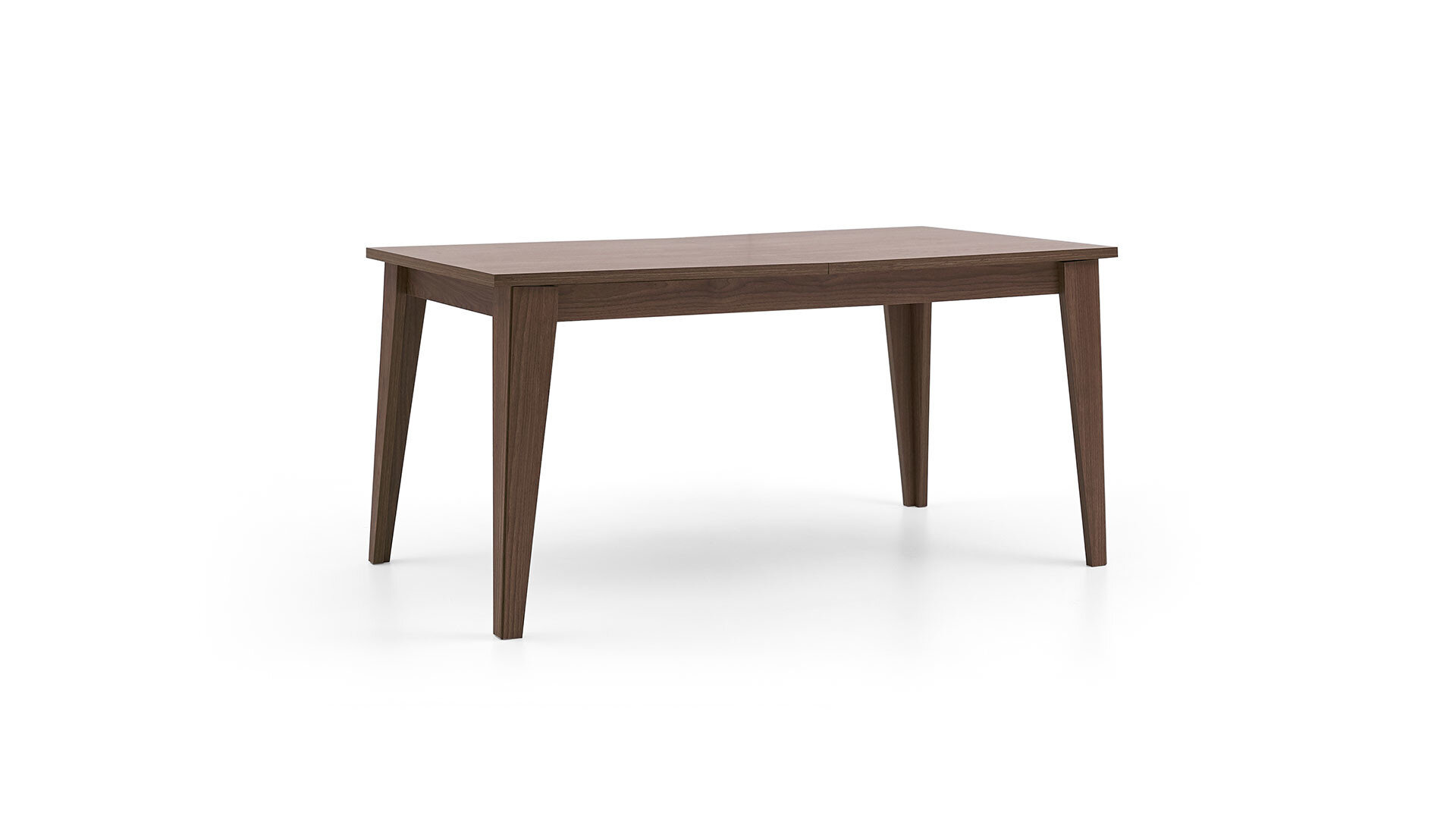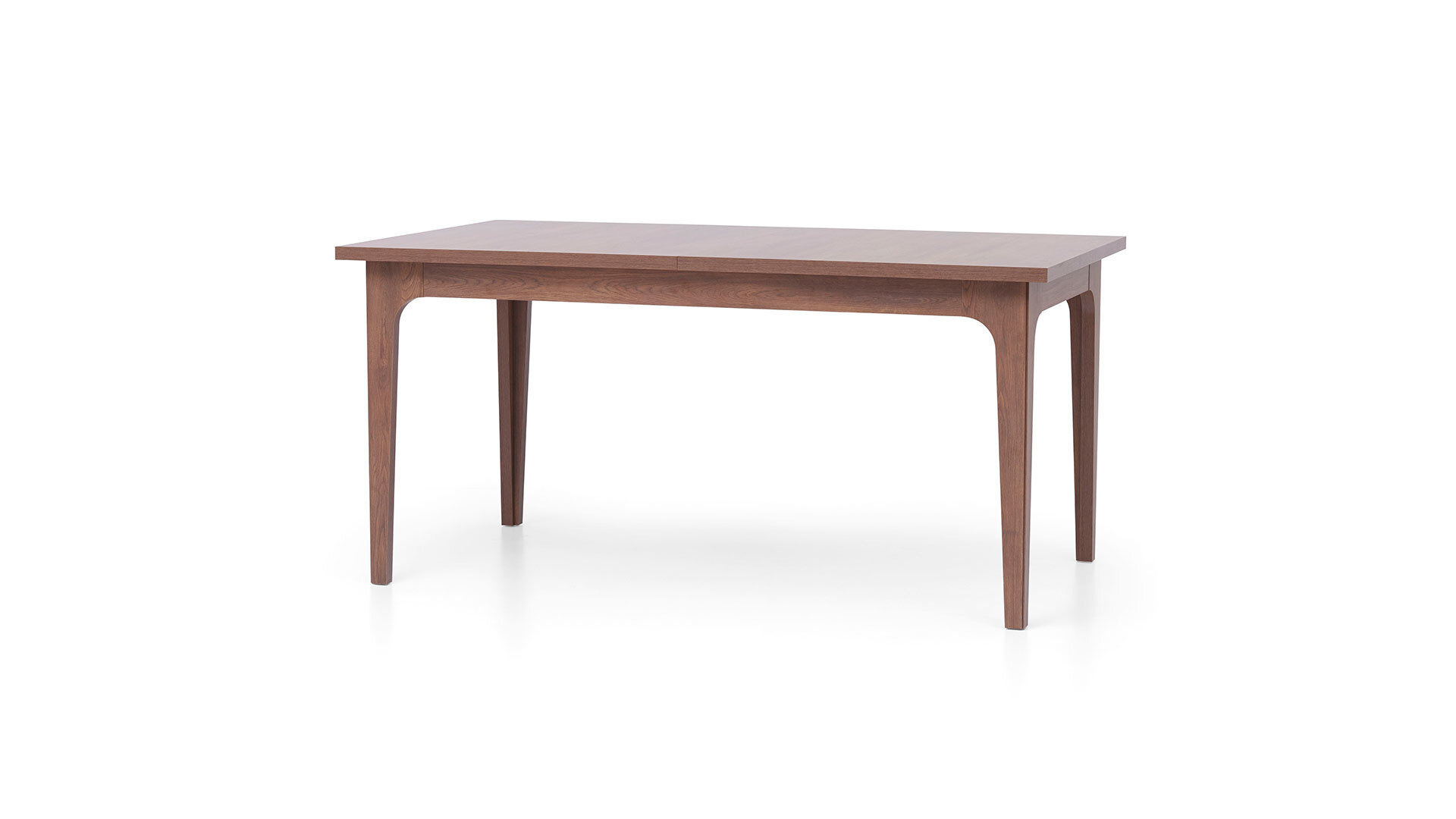Unveiling The Legacy: The Enduring Story Of The MAS 49 Rifle
In the annals of military history, certain firearms stand out not just for their technical specifications but for the enduring legacy they carve through decades of service and innovation. One such icon is the MAS 49 rifle, a testament to French ingenuity and a pivotal piece of small arms development in the mid-20th century. This article delves deep into the rich history, distinctive features, and lasting impact of this remarkable weapon, exploring its journey from drawing board to battlefields, and how enthusiasts today might seek out comprehensive resources, perhaps even imagining a dedicated hub like "masa 49 .com" for all things related to this historic firearm.
The story of the MAS 49 is more than just a chronicle of a rifle; it's a narrative woven into the fabric of post-World War II military evolution, reflecting a nation's commitment to self-sufficiency and cutting-edge design. From its unique operating system to its robust construction, the MAS 49 represents a significant chapter in the evolution of infantry rifles, continuing to captivate collectors and historians alike. Join us as we uncover the layers of its fascinating past and present.
Table of Contents
- A Glimpse into French Firearm Innovation
- The Genesis of a Legend: From MAS 44A to MAS 49
- Design Excellence: Features of the MAS 49
- Production and Deployment: The MAS 49 in Service
- Evolution to the MAS 49/56: Adapting to Modern Warfare
- The MAS 49 in the Collector's World
- Finding Your Community: Exploring Resources for MAS 49 Enthusiasts
- The Enduring Legacy of the MAS 49
A Glimpse into French Firearm Innovation
French small arms have a storied and often underappreciated history of innovation, consistently pushing the boundaries of design and technology throughout the 19th and 20th centuries. From the revolutionary Lebel Model 1886, one of the first military rifles to use smokeless powder, to the unique Chauchat automatic rifle of World War I, France frequently pioneered concepts that would later become standard across the globe. This legacy of forward-thinking design laid the groundwork for the development of the MAS 49. The French military's commitment to developing advanced, domestically produced firearms was a direct response to the lessons learned from various conflicts, emphasizing reliability, adaptability, and the integration of multiple functionalities into a single platform. This drive for self-reliance and technological superiority would define the development trajectory of the MAS 49, ensuring it was not just another rifle but a product of deep-seated engineering prowess and strategic foresight. This continuous pursuit of improvement and distinct design philosophies set French firearms apart, making them subjects of fascination for historians and collectors alike.The Genesis of a Legend: From MAS 44A to MAS 49
The journey of the MAS 49 began long before its official adoption in 1951, rooted in the experimental designs of the interwar period and the pressing needs of post-World War II reconstruction. Following a test series of MAS 44A rifles, which themselves were a refinement of earlier MAS designs like the MAS 40, a new pattern was adopted as the MAS 49 and put into production in 1951. This progression was crucial; the MAS 44A had introduced the direct impingement gas system, a design choice that would become a hallmark of the MAS 49 and its successor. The transition from the 44A to the 49 involved crucial refinements, addressing issues of reliability, ergonomics, and manufacturing efficiency. The engineers at the Manufacture d'Armes de Saint-Étienne (MAS) meticulously honed the rifle's mechanics, ensuring it could withstand the rigors of combat while remaining relatively simple to produce and maintain. This meticulous development process underscored the French military's desire for a robust, modern semi-automatic rifle that could effectively replace a diverse array of aging and captured firearms still in service after the war. The adoption of the MAS 49 marked a significant step towards standardizing infantry armament, providing French forces with a reliable and powerful weapon for the conflicts that lay ahead.Design Excellence: Features of the MAS 49
The MAS 49 rifle is celebrated for its distinctive design and innovative features, setting it apart from many of its contemporaries. A total of about 80,000 MAS 49 rifles were made, a relatively modest number compared to other post-war service rifles, which contributes to its appeal among collectors today. Its core design principle revolved around simplicity and reliability, utilizing a direct impingement gas system, similar in concept to the later AR-15, but with a unique French execution. This system, where gas is bled directly from the barrel into the bolt carrier to cycle the action, contributed to the rifle's light weight and smooth operation. The MAS 49 was chambered in the French 7.5x54mm cartridge, a powerful round well-suited for infantry combat. Its robust construction, often described as over-engineered, ensured exceptional durability even in harsh environments. Beyond its internal mechanics, the rifle incorporated several external features that highlighted its forward-thinking design, making it versatile for various combat roles.The Integrated Scope Mount: A Forward-Thinking Feature
One of the most notable and forward-thinking features of the MAS 49 was its integrated scope mounting dovetail in the left side of the receiver. This was a remarkably prescient design choice for a standard-issue infantry rifle of the early 1950s. At a time when most militaries were still relying on iron sights for general infantry, the MAS 49 provided a ready-made solution for mounting optical sights, effectively transforming a standard rifle into a designated marksman's weapon or a sniper rifle with minimal effort. This built-in capability eliminated the need for cumbersome and often unreliable aftermarket mounts, ensuring a stable and repeatable zero for optics. This feature not only enhanced the rifle's accuracy potential but also demonstrated a clear understanding of future battlefield requirements, where precision engagements would become increasingly important. It allowed for rapid deployment of scoped rifles to units that needed them, without requiring specialized weapons or extensive modifications.Grenade Launching Capability and Sights
Another distinctive feature that underscored the MAS 49's versatility was its integrated grenade launching muzzle device and sight. This was a common requirement for military rifles of the era, but the MAS 49's implementation was particularly elegant. The rifle featured a permanent muzzle device that served as a mount for rifle grenades, alongside a dedicated flip-up sight on the left side of the gas block. This sight, often calibrated for various ranges, allowed soldiers to accurately launch grenades directly from the rifle without needing to attach additional, bulky components. The ability to quickly transition from rifle fire to grenade launching provided infantry units with an immediate and powerful indirect fire capability, crucial for engaging entrenched enemies or providing suppressive fire. This dual-purpose design showcased the French military's emphasis on providing their soldiers with a multi-functional tool, capable of adapting to a wide range of tactical situations encountered in the conflicts of the mid-20th century.Production and Deployment: The MAS 49 in Service
Put into production in 1951, the MAS 49 quickly became a staple for French forces. With approximately 80,000 units manufactured, it served as the primary service rifle for the French military during a tumultuous period marked by decolonization wars. Its deployment saw extensive use in conflicts such as the First Indochina War and the Algerian War. In these challenging environments, the MAS 49 earned a reputation for its ruggedness and reliability. Soldiers appreciated its robust construction and its ability to function consistently in adverse conditions, from the humid jungles of Southeast Asia to the arid landscapes of North Africa. Its semi-automatic action provided a significant advantage in firepower over bolt-action rifles, allowing for faster engagement of multiple targets. Despite its relatively limited production run compared to other global service rifles, the MAS 49 played a crucial role in these conflicts, becoming synonymous with the French soldier of the era. Its performance in real-world combat scenarios validated its design principles and solidified its place in military history.Evolution to the MAS 49/56: Adapting to Modern Warfare
While the original MAS 49 was a robust and effective rifle, the evolving nature of warfare and logistical considerations led to its refinement and the introduction of the MAS 49/56 variant. Introduced in 1956, this updated model aimed to address some of the original's minor shortcomings and enhance its combat utility. Key modifications included a shorter barrel, which made the rifle more maneuverable in close quarters and easier to handle for paratroopers. The integrated grenade launching device was also redesigned to be more user-friendly and compatible with a wider range of rifle grenades, including the standard NATO 22mm type. Furthermore, the 49/56 featured a simplified gas system and a more robust stock design. These changes were not radical departures from the original MAS 49 but rather pragmatic improvements aimed at optimizing the rifle for contemporary military doctrine and logistical realities. The MAS 49/56 became even more widely adopted than its predecessor, serving French forces until it was eventually replaced by the FAMAS in the late 1970s. Its extended service life is a testament to the fundamental soundness of the MAS 49's original design and the successful adaptation of its capabilities to meet the demands of a changing battlefield.The MAS 49 in the Collector's World
Today, the MAS 49 rifle holds a significant place in the world of firearm collecting. Its unique design, historical significance, and relatively limited production numbers make it a sought-after item for enthusiasts. Collectors are drawn to its distinctive direct impingement system, its integrated scope mount, and its role in post-colonial conflicts. The original MAS 49, with its longer barrel and specific grenade launcher, is often considered rarer than the more common MAS 49/56, commanding higher prices. However, both variants are prized for their robust construction and historical authenticity. For those interested in acquiring a MAS 49, understanding its various markings, production years, and any modifications is crucial for assessing its value and originality. Proper maintenance is also paramount for these historical pieces; collectors often focus on preserving the rifle's original finish and ensuring its mechanical integrity. The appeal of the MAS 49 lies not just in its functionality as a firearm but in its tangible connection to a pivotal era of military history and French engineering prowess.Finding Your Community: Exploring Resources for MAS 49 Enthusiasts
For anyone deeply interested in the MAS 49 rifle, whether as a collector, historian, or simply an enthusiast, finding reliable and comprehensive information is key. While a dedicated, single online portal like "masa 49 .com" might be an ideal concept for centralizing all knowledge about this specific rifle, the reality is that resources are often dispersed across various platforms. Enthusiasts typically turn to specialized online forums, historical firearm societies, and digital archives maintained by museums or military historians. These communities offer invaluable insights, from detailed technical specifications and historical context to practical advice on maintenance and restoration. Imagine a comprehensive hub like "masa 49 .com" where enthusiasts could find detailed schematics, historical documents, high-resolution images, and connect with fellow collectors to share experiences and knowledge. Such a platform would be invaluable for preserving the legacy of this unique firearm. Furthermore, the digital age offers a wealth of visual content. Just as one might explore a diverse collection of videos across various categories on platforms like Masalafun, the world of historical firearms also offers a rich tapestry of visual and textual content for dedicated enthusiasts. YouTube channels, specialized documentary sites, and online archives often feature footage of the MAS 49 in action, historical overviews, and detailed breakdowns of its mechanics. When seeking information, it's crucial to prioritize sources known for their accuracy and expertise, such as established firearm historians, reputable auction houses, and well-moderated enthusiast forums. Engaging with these communities not only enriches one's understanding but also helps in the responsible stewardship of these historical artifacts. The collective knowledge found within these online spaces often surpasses what can be found in any single book, making them indispensable for anyone passionate about the MAS 49.The Enduring Legacy of the MAS 49
The MAS 49 rifle, despite its relatively limited production numbers and eventual replacement, holds an undeniable and enduring legacy in military history. It stands as a powerful symbol of French ingenuity and a testament to their commitment to developing self-sufficient and advanced military technology in the post-war era. Its unique direct impingement system, integrated scope mount, and grenade launching capabilities were ahead of their time, influencing subsequent firearm designs and demonstrating a forward-thinking approach to infantry armament. The rifle's robust construction and reliable performance in challenging combat environments solidified its reputation among the soldiers who carried it. For collectors, the MAS 49 is more than just a piece of metal and wood; it is a tangible link to a pivotal period of global conflict and technological evolution. Its story continues to be told through the hands of those who preserve it and the communities that celebrate its unique place in the pantheon of military firearms. The MAS 49 remains a fascinating subject, embodying a blend of tradition and innovation that ensures its continued relevance for generations to come.Conclusion
The MAS 49 rifle is a truly remarkable piece of military engineering, embodying the spirit of French innovation in the mid-20th century. From its origins in the test series of MAS 44A rifles to its adoption in 1951, and its subsequent production of approximately 80,000 units, the MAS 49 distinguished itself with features like its integrated scope mounting dovetail and its versatile grenade launching muzzle device and sight. Its robust design and reliable performance in conflicts like the Indochina and Algerian Wars cemented its place in history. Today, it remains a highly sought-after collector's item, cherished for its unique characteristics and historical significance. For those captivated by the legacy of the MAS 49, the journey of discovery is an ongoing one, often leading to diverse online resources. While a singular, comprehensive online repository like "masa 49 .com" might be a dream for enthusiasts, the collective knowledge found across various forums, historical societies, and digital archives ensures that the story of this iconic rifle continues to be explored and appreciated. We encourage you to delve deeper into the fascinating world of military firearms, share your own insights, and contribute to the rich tapestry of knowledge surrounding historical weapons. What are your thoughts on the MAS 49, or perhaps another unsung hero of firearm design? Share your comments below, and consider exploring other articles on our site for more insights into military history and technology.- Robert Urich Actor
- How To Access Raspberry Pi Remotely Via Internet
- Hoda Kotb Engaged
- Securely Connect Remote Iot Vpc Aws Raspberry Pi
- Wwxxcome

Masa 49: The Ultimate Guide To Transforming Your Life

Masa 49: The Ultimate Guide To Transforming Your Life

Unlocking The Mysteries Of Masa 49 .come